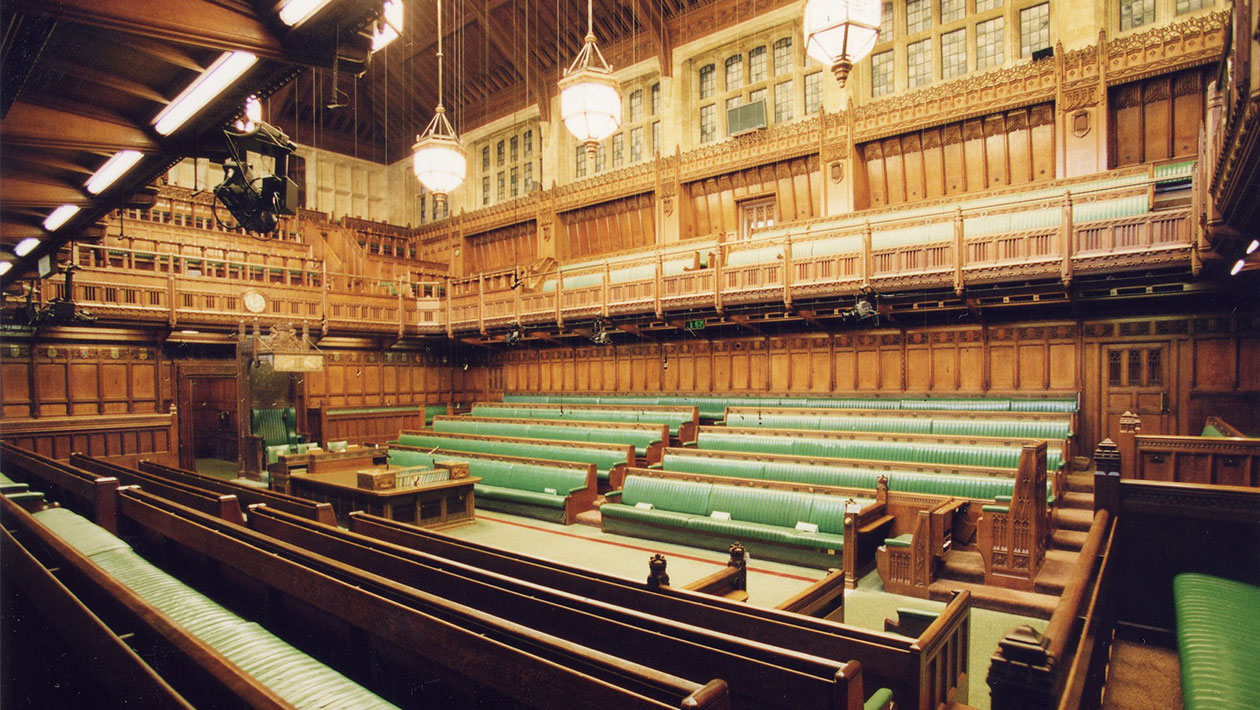This petition was submitted during the 2019-2024 parliament
Petition Revoke local government powers to charge CAZ, LEZ, and ULEZ.
Revoke local government powers to charge CAZ, LEZ, and ULEZ.
More details
Local government should not have the power to introduce charges tied to public road usage and create charges for vehicle use that have a Certificate of Conformity, meaning that they comply with strict legislation regarding safety, emissions, etc. at the time of production. The buyer should have the right to use his vehicle on public roads without paying fees to various councils until it is no longer roadworthy or the UK government deems it otherwise.
This petition is closed This petition ran for 6 months
55,520 signatures
Show on a map the geographical breakdown of signatures by constituency
100,000 signatures required to be considered for a debate in Parliament
Parliament debated this topic
Government responded
This response was given on 24 January 2022
Powers enabling local authorities to introduce road user charging schemes are long-standing and remain an appropriate tool to deliver local transport objectives including air quality improvements.
Read the response in full
There are no plans to revoke the long-standing powers, set out in Part III of the Transport Act 2000, on local road user charging. These powers provide an important tool for local authorities (LAs) to support the delivery of local transport objectives. The legislation sets out the basic elements that must be included in order to establish a charging scheme, it states that any net proceeds resulting from the scheme once operational costs are covered should support the delivery of local transport plans. The legislation also requires that LAs consult on charging schemes. The powers can be used to enable LAs to tackle congestion and pollution as part of a local transport plan and deliver local transport priorities, which include, but are not limited to, delivering air quality outcomes.
These powers have been used by some LAs to implement Clean Air Zones (CAZs) , to reduce NO2 levels to within legal limits in the shortest time possible. Poor air quality is a major environmental risk to human health. There is evidence of a link between exposure to air pollution and mortality and morbidity. It is a particular threat to vulnerable groups (the elderly, young children, those with chronic respiratory diseases and heart disease). Those living in city centres, and near busy roads, often on the lowest incomes, are most exposed to dangerous levels of air pollution.
Air pollution has reduced significantly since 2010 – emissions of nitrogen oxides have fallen by 32% and are at their lowest level since records began. But there is more to do. The only statutory air quality limit the UK is currently failing to meet is nitrogen dioxide concentrations around roads. Transport creates around 70% of roadside nitrogen oxides and makes a significant contribution to particulate matter. Around 72% of road transport emissions of nitrogen oxides come from diesel cars and vans, with older vehicles contributing disproportionately more.
The July 2017 UK Plan for Tackling Roadside Nitrogen Dioxide Concentrations (The Plan) outlines how councils with NO2 levels exceeding legal limits must develop and implement local plans to deliver legal levels of NO2 in the shortest time possible. This could be achieved through various interventions depending on local circumstances.
The Plan identified CAZs are an effective means of delivering compliant levels of NO2 in the shortest time possible based on a national level assessment, and as such LAs need to consider CAZs when developing local plans to understand their effectiveness and impacts locally. However, the Plan also recognises that given the impact of CAZs on individuals and businesses, when considering between equally effective alternatives that measures other than CAZs should be preferred. The government assesses all local plans to ensure they are effective, fair, good value and will deliver the air quality improvements in the shortest time possible.
In some instances, evidence produced by LAs has indicated that CAZs are required in order to achieve compliance. Legislation requires any local authority proposing to implement a CAZ to carry out a consultation. The CAZ Framework defines principles LAs should follow when setting up CAZs, it is designed to provide a consistent approach. The Framework sets out the different classes of CAZ and the types of vehicle subject to a charge within each. Where a LAs plan identifies a CAZ is needed, they should implement the minimum class of CAZ that will achieve legal NO2 limits in the shortest time possible to minimise the impact of the zone on businesses and individuals.
The work to deliver legal levels of NO2 is supported by £880m of funding to help develop and implement local air quality plans and reduce impacts. LAs implementing air quality measures as part of a local plan can bid for Clean Air Fund (CAF) funding to support those impacted. The CAF supports a range of measures - vehicle upgrade and retrofit schemes, improvements to bus fleets, installation of electric chargepoints, provision of park and ride services, concessionary travel schemes and freight consolidation centres. LAs themselves establish and deliver schemes under the CAF and set the eligibility criteria focussing on those most affected by measures.. To date, the Government has awarded over £311 million of support from the CAF.
Transport in London is devolved and the responsibility of the Mayor of London and Transport for London (TfL). The Ultra Low Emission Zone (ULEZ) in London is a road user charging scheme made under section 295 and Schedule 23 of the Greater London Authority Act 1999, as amended. The ULEZ was introduced in London in April 2019 and expanded in October 2021. According to TfL, it has contributed to a 44% reduction in roadside NO2 within its boundaries and will help deliver wider benefits for the capital, including preventing more than one million air pollution related hospital admissions over the next 30 years, saving the NHS around £5bn.
Department for Transport
